This website uses cookies so that we can provide you with the best user experience possible. Cookie information is stored in your browser and performs functions such as recognising you when you return to our website and helping our team to understand which sections of the website you find most interesting and useful.

By Hesham Elgammal on 07 Apr 2025
Aswan, which is spread out along the Nile’s banks, is a laid-back and friendly town that offers a welcome respite if you’ve just arrived from busier Luxor or Cairo after a long itinerary of Egypt Tour Packages. This is a great place to visit if you want to see the temples, monuments, and other tourist attractions in the southern reaches of Upper Egypt, as well as the area’s distinct Nubian culture.
The best way to experience Aswan’s allure is to board a felucca boat and view the city from the watery highway that once served as a vital trading post. Or if you will boarding a Luxury Nile Cruise between Aswan and Luxor
It’s all very photogenic, especially at sunset when the river shimmers in the setting sun and hundreds of lateen-sailed feluccas take to the water. Aswan is one of the best places in Egypt to visit for photographers who want to capture classic Nile scenery.
With the following list of top attractions and things to do in Aswan, you’ll see why it should be on your Nile Cruise itinerary.
PHILAE TEMPLE

When the high dam was built, the Philae temple complex, which was once located on Philae Island, was threatened by flooding. The temples were moved and reconstructed on Agilka Island, where they can be seen today, with the help of international donors. This beautiful temple complex was built in the 3rd century BC, and the main temple was dedicated to the goddess Isis
ABU SIMBEL
The two temples at Abu Simbel are not just among the world’s most stunning monuments, but their removal and reconstruction was a historic event in and of itself. When the temples (174 miles from Aswan) were threatened with submersion in Lake Nasser as a result of the High Dam’s construction, the Egyptian government enlisted the help of UNESCO and made a global plea. The two temples were deconstructed and moved over 60 meters up the sandstone cliff where they had been built over 3,000 years ago during the salvage effort, which began in 1964 and lasted until 1968. They were meticulously reconstructed here. Ramses II erected Abu Simbel as a pair of temples, one for himself and the other for his wife, Nefertari. The Temple of Ramses II was dedicated to Ptah, Re-Her-Akhtey, Amun-Re, and Ramses II himself, as well as the four universal gods Ptah, Re-Her-Akhtey, and Amun-Re. The enormous Abu Simbel temple is also known as Ramses II’s Sun Temple. The Temple of Queen Nefertari is also known as the Temple of Hathor, the Sun God’s wife, therefore the two Temples, Ramses II’s and Nefertari’s, symbolically combine Remises II, Nefertari, Hathor, and the Sun God.
KALABSHA TEMPLE
Kalabsha Temple, along with other Nubian monuments, was relocated to New Kalabsha (Chellal) in 1970. This sandstone structure was dedicated to the fertility and Nubian Solar deity Mandulis by Roman Emperor Octavius Augustus (30–14 BC) (Merwel who was the Nubian counterpart of Horus).
Kalabsha Temple was Egypt’s largest free-standing temple, including pylons, a courtyard, a hypostyle hall, and a three-room sanctuary, and its design is typical of the Ptolemaic period.
The Pylon, on the other hand, is offset, resulting in a trapezoid in the courtyard beyond. As shown by a chapel, it was built on the site of an earlier edifice built by Ptolemy IX. On Elephantine Island from Kalabsha, there is also a little chapel and gate, and a gate built by Augustus was given to the Agyptisches Museum in West Berlin. On three sides of the pylon’s courtyard, there were originally columns.
A small chapel may also be found inside the wall, accessible through stairs in the first chamber that drop from the ceiling into the chapel. As you depart the temple, take note of the images of Mandulis wearing his vulture-feathered cloak on the back wall.
BOTANICAL GARDEN
Kitchener’s Island is a botanical garden featuring imported exotic plants and trees from throughout the world. It’s the ideal spot for a relaxing afternoon in the shade. The island is located on the other side of Elephantine Island from Aswan and can only be reached by boat. Lord Kitchener was given the island in exchange for his Sudan battles, and he relocated there and built a garden, bringing plants and trees from all over the world. This popular tourist site is now run by the Egyptian government.
THE UNFINISHED OBELISK
The Aswan area provided much of the red granite utilized in ancient temples and colossi. Many inscriptions surround these quarries, many of which describe successful quarrying undertakings. The unfinished obelisk is thought to be the world’s largest piece of stone. Three obelisks were set crosswise and four boats were roped together.
The Egyptians then waited for the boats to be swept away by the floodwaters. Hatchepsut wrote that one of her obelisks took seven months to complete. It is around 1200 tonnes in weight. When they were about to finish the obelisk, they discovered a weakness in the rock, so they had to stop and start over.
THE HIGH DAM
The world-famous High Dam, which is located near Aswan, was an engineering marvel when it was erected in the 1960s. It has 18 times the amount of material as the Great Pyramid of Cheops. The dam is 3600 meters long, 980 meters thick at the base, and stands 364 meters tall. It now offers irrigation and electricity for the entire country of Egypt, as well as spectacular vistas for visitors, thanks to the old Aswan Dam, which was built by the British between 1898 and 1902 and is located 6 kilometers downstream. From the top of the two-mile-long High Dam, you can see Lake Nasser, the massive reservoir created when the dam was erected, as well as Kalabsha Temple in the south and the massive power plant in the north.
AGHA KHAN MAUSOLEUM
In 1957, the spiritual leader of the Ismailis, a Shiite group, was buried in this pink granite mausoleum in Aswan.
The Agha Khan was educated in Europe and succeeded his father as the 48th Imam in 1885. His son succeeded him after his death in 1957, and later his grandson, Karim, Agha Khan IV. Members of this group believe they are direct spiritual successors of the Fatimid.
ELEPHANTINE ISLAND
Elephantine Island is the largest of the Aswan area islands, and it is one of Egypt’s most ancient sites, featuring predynastic relics. This is most likely due to its placement on the Nile’s First Cataract, which served as a natural border between Egypt and Nubia. It was also easily defendable as an island. In fact, through much of its history, the historic town in the southern half of the island served as a fortification.
ELEPHANTINE ISLAND MUSEUM
Elephantine Island’s Elephantine Museum houses antiquities largely relevant to that region. The museum is housed in a white clapboard house. A mummified Ram of Khnum, a gilded bust of Khnum, statues of Amenhotep III with goddesses, and prehistoric schist basins may all be found at the museum.
NUBIAN MUSEUM
The name of this museum comes from the ancient Egyptian (Nbu), which means gold, and refers to the area’s well-known gold mines. It was constructed on a 50,000-square-meter site, with 7000 square meters dedicated to the structure and the rest designated as the museum’s yard. The construction of this one-of-a-kind structure took 11 years and cost LE 60 million.
The museum is divided into three floors and houses 3,000 relics from diverse eras, including geological, Pharaonic, Roman, Coptic, and Islamic periods. The open-air display comprises 90 unique monumental items, while the indoor rooms comprise 50 priceless pieces dating back to pre-history, 503 items from the Pharaonic era, 52 pieces from the Coptic era, 103 pieces from the Islamic era, 140 pieces from Nubia, and 360 objects with the Aswan tang.
KOM OMBO TEMPLE
The Temple of Kom-Ombo, some 28 miles north of Aswan, is erected on a high dune overlooking the Nile and dates back to the Greeks. Ptolemy VI Philometor began construction on the original temple in the early second century BC. The exterior and inner hypostyle halls were erected by Ptolemy XIII. Augustus built the outer enclosure wall and a portion of the court probably after 30 BC, and they are mostly gone now.
In the vicinity of the Kom-Ombo hamlet, there are additional tombs from the Old Kingdom. The Kom Ombo Temple is actually two temples, one dedicated to Sobek and the other to Horus. Sacred crocodiles used to sunbathe on the riverbank near here in ancient times. Due to the changing Nile, the Copts who formerly used it as a church, and eventually builders who used the stones for new buildings, the Temple has few traces.
EDFU TEMPLE

Edfu is located 65 kilometers north of Aswan. Early Egyptians called the town Tbot, Greeks called it Apollinopolis Magna, and Coptics called it Atbo.
The Temple of Horus is the principal attraction of Edfu, and it is often regarded as Egypt’s best-preserved religious temple. The building of the Edfu temple began during the reign of King Ptolemy III in 237 B.C., but it was not completed until (57 B.C.). According to Egyptian mythology, it was the site where the falcon-headed god Horus exacted revenge on his father Osiris by slaying him.
What’s up on Sawan in 2025
One of the most popular things to do in Aswan is to walk along the Corniche and watch the sun go down over the islands and desert across the Nile. Cruise ships may block the view from terraces of riverside cafes, but the Egyptian government plans to move them to a dock that is being built at the northern end of town by 2025. For now, the best places to watch the sunset are from the Old Cataract Hotel terrace or the Sunset Restaurant.
This article was updated and re-written in part by Hesham El Gammal; on April 7th, 2025 + fact-rechecked.
Categories
- Egypt and Jordan Tours (12)
- Egypt Destinations (26)
- Egypt Nile Cruises (40)
- Egypt Sightseeing (14)
- Egypt Tour Packages (17)
- infographics (1)
-

Nile Cruisers Reviews
25 Mar 2025
-

Why Choose Nile Cruisers to Book Your Egypt Nile Cruise?
12 Dec 2025
-

Celebrate Christmas in Egypt: Best Egypt Travel Tour Packages for Year-End Getaways
12 Dec 2025
-

Make Your Year-End Special: Festive Egypt Tour Packages for Winter Travel
12 Dec 2025
-

The Lake Nasser Luxury Cruise Ships
09 Dec 2025
-

Sacred Egypt – Spiritual Tours
07 Dec 2025
-

Nile Cruise from Cairo to Aswan
06 Dec 2025
-

Nile Cruisers Reviews
25 Mar 2025
-

Why Choose Nile Cruisers to Book Your Egypt Nile Cruise?
12 Dec 2025
-

Celebrate Christmas in Egypt: Best Egypt Travel Tour Packages for Year-End Getaways
12 Dec 2025
-

Make Your Year-End Special: Festive Egypt Tour Packages for Winter Travel
12 Dec 2025
-

The Lake Nasser Luxury Cruise Ships
09 Dec 2025
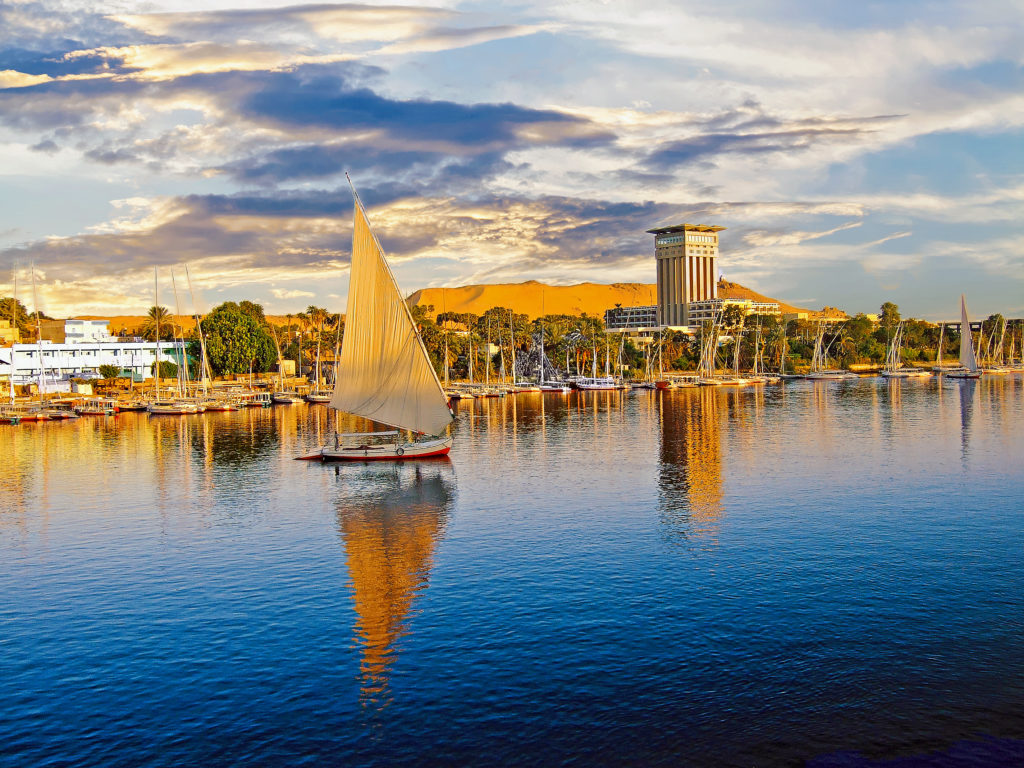


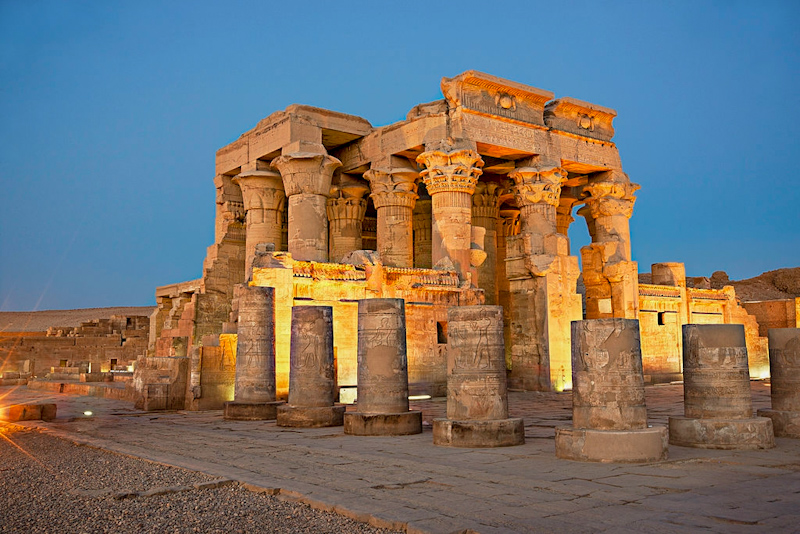




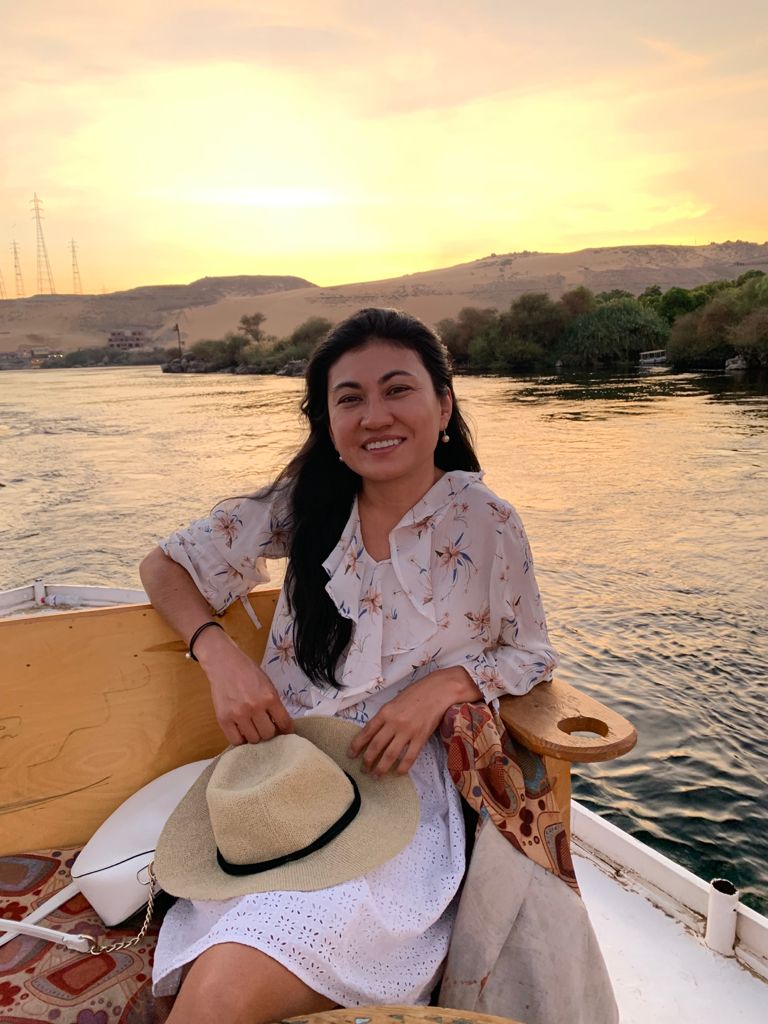
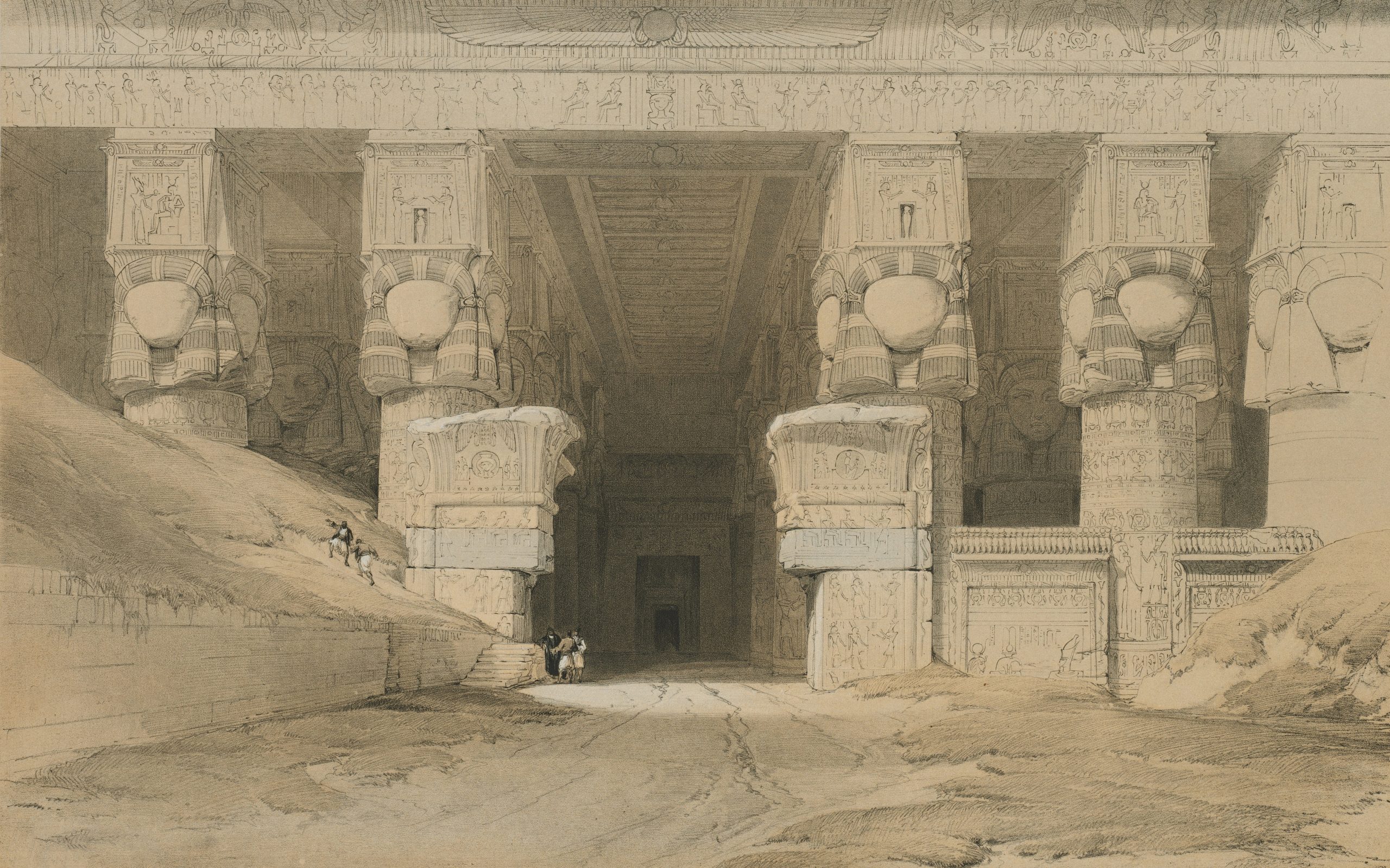
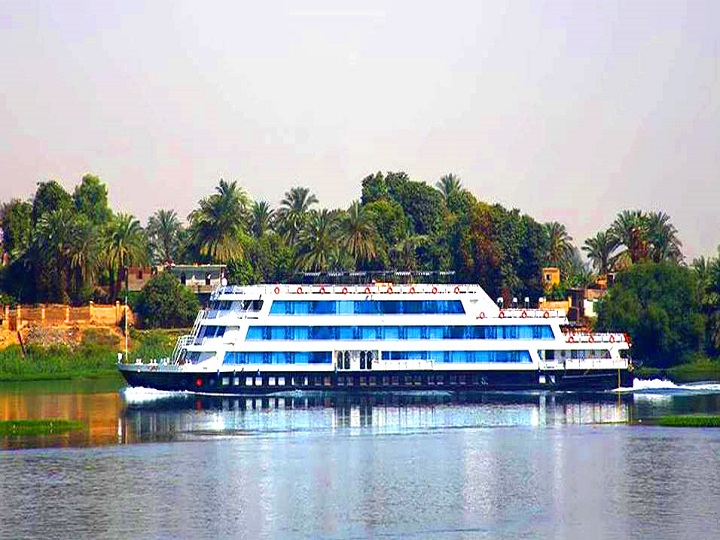





Comments